Post-Industrial North America in Photos
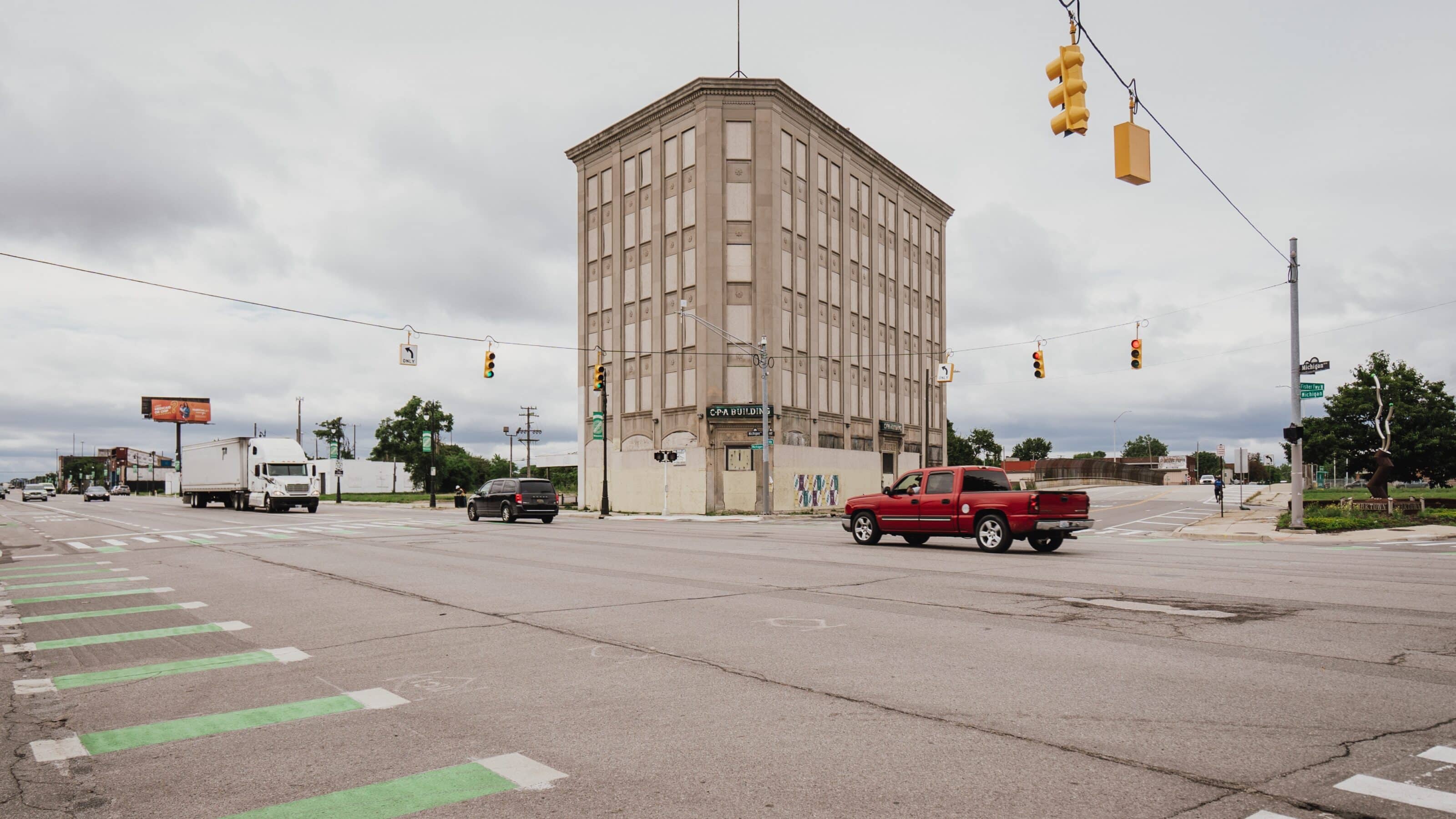
When people hear the term “post-industrial,” many envision an industrial agglomeration reflected in large factories and buildings. Fragments of this history can be found all over the world. In this article, we explore the American Midwest and Great Lakes region, the birth of automotive assembly lines where industry was once heavily concentrated.
Once prosperous cities with residents on a fast track to achieve the American dream, these cities have experienced varied fates. American cities like Chicago, or Toronto and Montreal in Canada have recovered and transitioned to different industries. However, other cities in the United States, such as Detroit, Toledo, or Buffalo, are recovering slowly and are still synonymous with poverty and instability for many Americans.
The definition of “post-industrial”
Post-industrial refers to cities whose economy was previously closely tied to an industry that has sharply declined over time, sometimes resulting in the decline of the city itself. None of these cities are a dream tourist destination today.
Post-industrial cities in the United States, collectively referred to as the “Rust Belt,” are often described as ugly and dangerous. However, just like with any American city, including New York, this is limited to certain neighborhoods, not the entire city. One’s definition of “ugly” also highly depends on perspective.

These unconventional places are a paradise for industrial photography lovers. Not only because of the industrial buildings themselves, but also their surroundings.
These post-industrial cities were once a concentration of great wealth, reflected in their opulent buildings. Americans, however, aren’t leaving these cities to rot. In fact, a lot of investment and a significant amount of resources have been allocated to their revitalization. What can photographers expect from these semi-forgotten cities?
1. Giant Factories
Let’s start with what comes to mind first—industrial buildings. Colossal factories are usually found on the outskirts of these cities. They stand out, especially in winter, when visibility is good, and the trees are bare. These are truly massive buildings, so it’s good to have a wide-angle lens on hand or shoot from a distance.
Some buildings are still in use, while others are left in ruins. Abandoned factories can be a great opportunity for URBEX photography, but be careful. Many buildings either have high security or are places you don’t want to be.
2. Train stations and ports
Other great opportunities for photography are the various buildings used for transporting goods or people. Goods were transported between the Great Lakes mainly by ship and rail. Therefore, all cities built expansive ports, emblematic train stations, and massive steel bridges. These were all built for transporting large quantities of goods and manual labor.
Today, these enormous buildings are even more striking because they no longer serve a purpose in many cities. For example, Detroit had a population of almost 2 million in 1950, but now has a population of only 620,000. However, other previously industrial cities are experiencing a steady population increase. For example, Toronto has become a Canadian financial and technological hub.
3. Abandoned Houses
Buffalo and Detroit in particular have many interesting neighborhoods that were once home to the middle and upper classes. Today, they either stand abandoned or have undergone interesting revitalization attempts. Either way, there are neighborhoods where you feel like you’re walking through a post-apocalyptic movie.
You will also see many houses that were once part of an entire block but now stand alone in the middle of nowhere, as if torn from context.
4. Opulent architecture
Post-industrial cities contain hidden nooks and crannies that can take you by surprise. During their heyday, intriguing hotels, city halls, museums, libraries, and other public buildings were built. These opulent buildings reflected the latest architectural trends and were a display of the wealth these cities once had.
Most public buildings in the U.S. are accessible, and taking pictures is usually not an issue. Buildings that may seem dull from the outside may contain beautiful interiors, so don’t forget to step inside.
5. Playing with colors
Even the poorest post-industrial cities have attempted to breathe new life into vacant spaces. The prospect of low housing prices and the opportunity to build something new has attracted many young people.
They are renovating houses, creating community gardens, and organizing community events.
The most significant impact of local creativity is the massive murals that bring an entirely new dimension to formerly gray spaces.
If North America is your next photography destination, Rust Belt cities are definitely worth a visit.
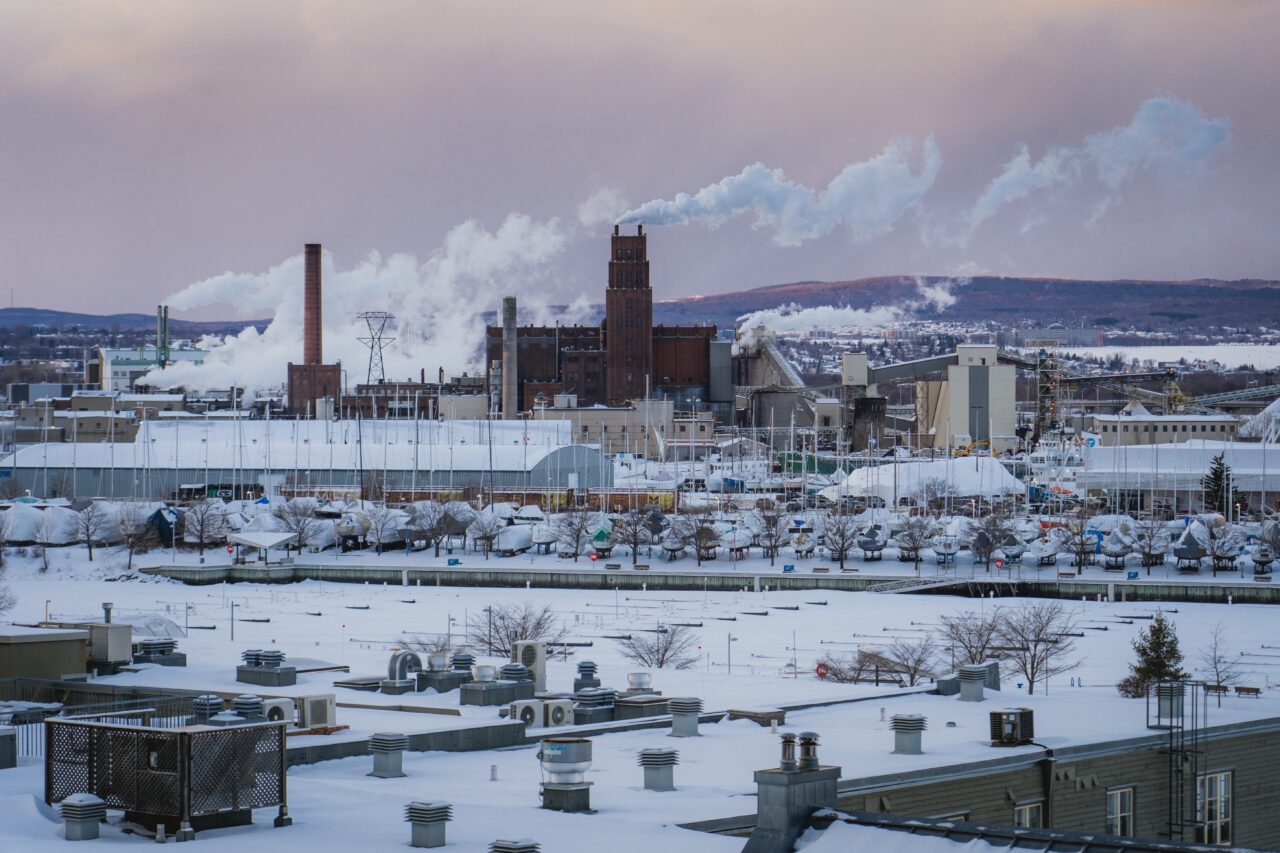

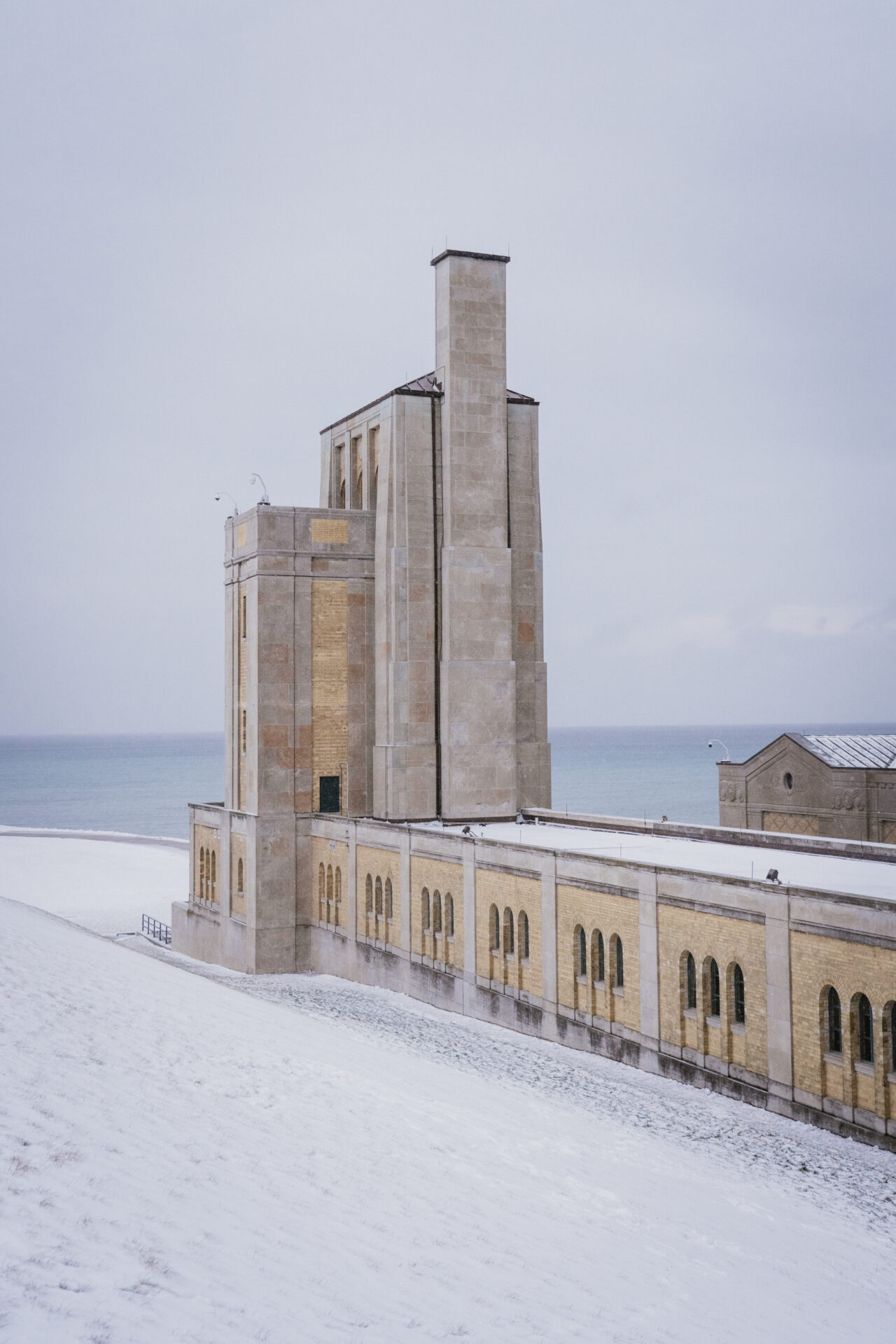
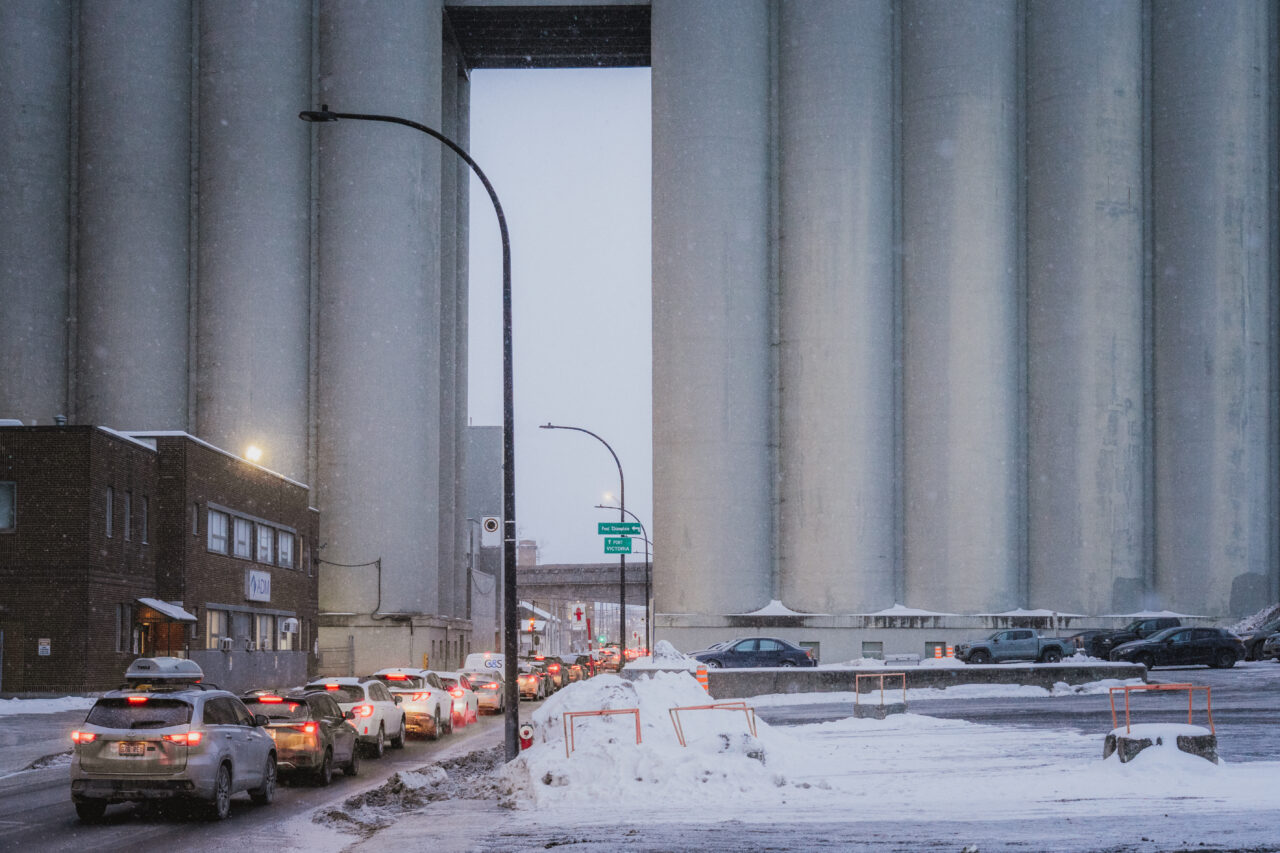
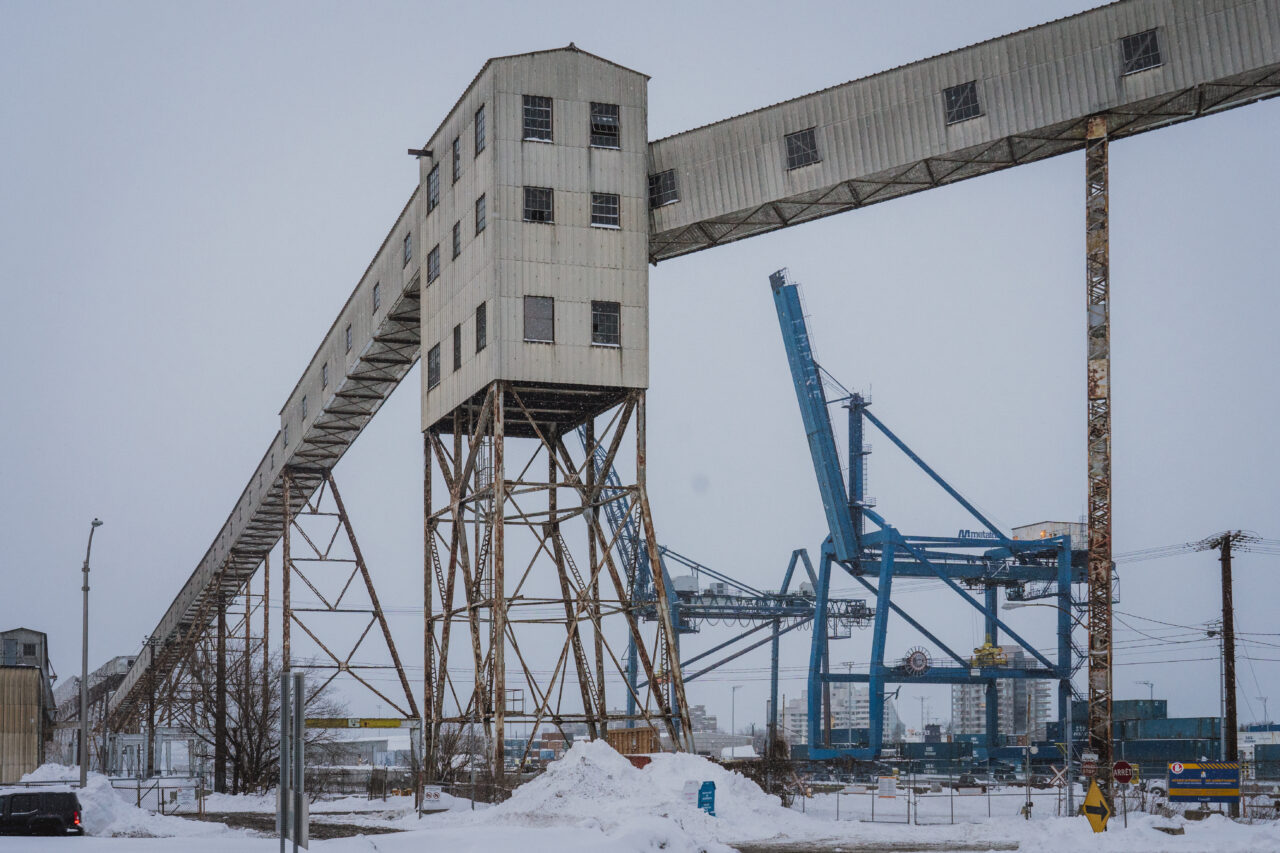
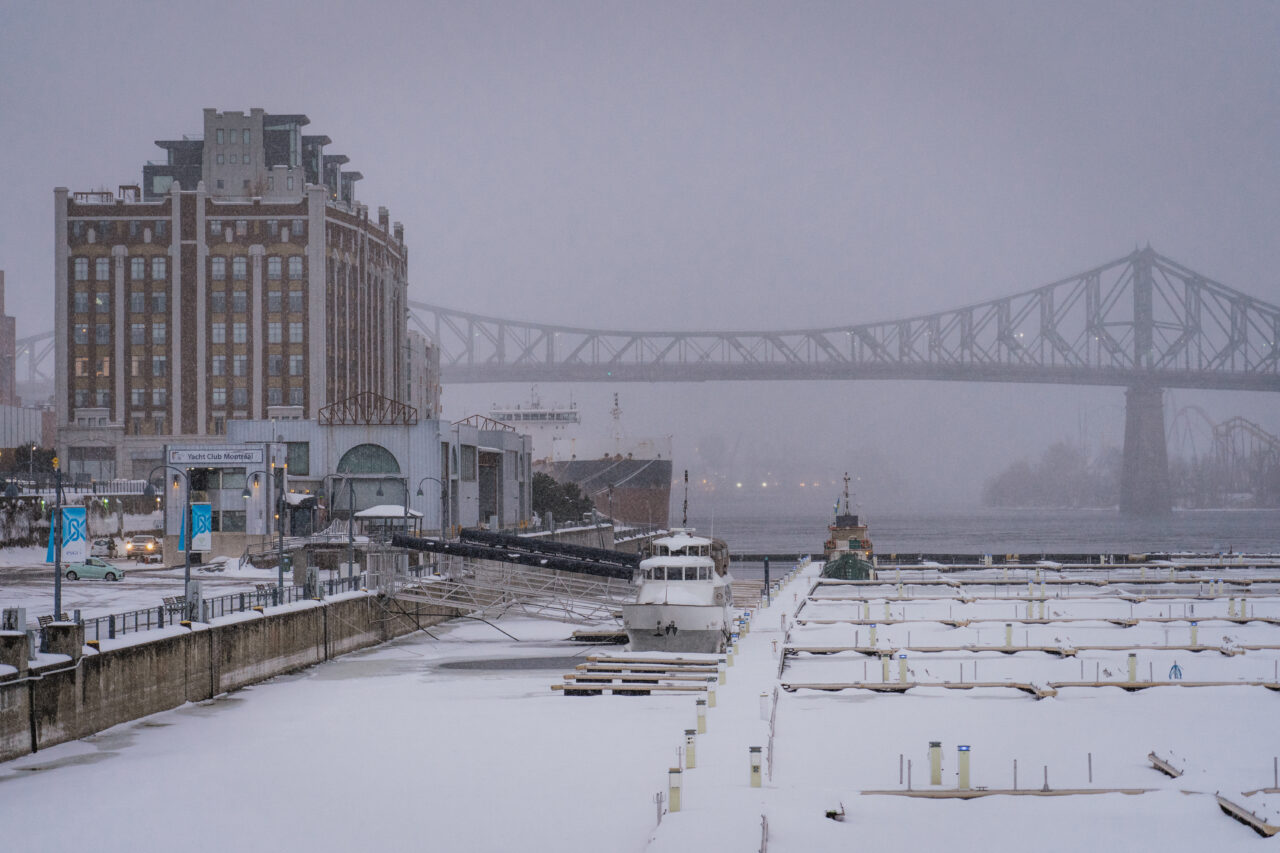
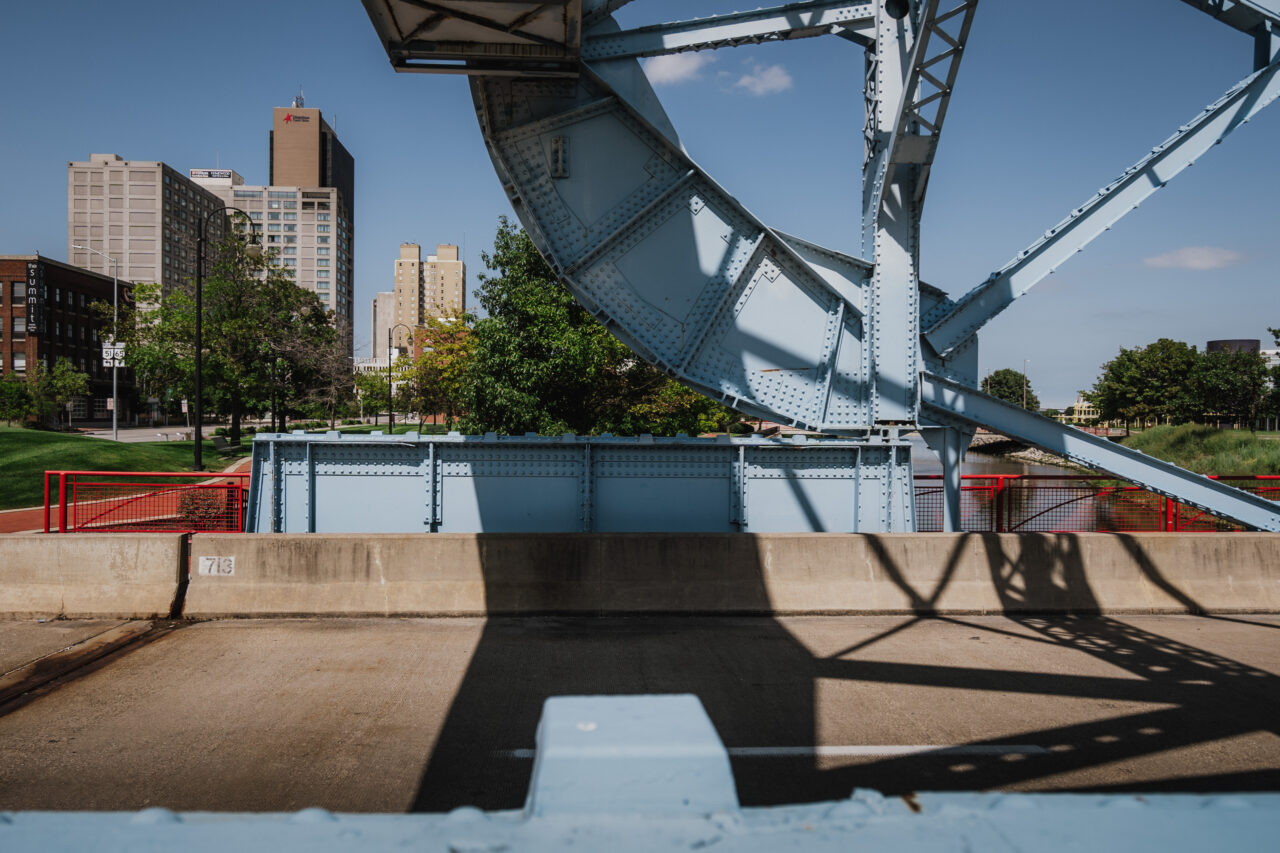
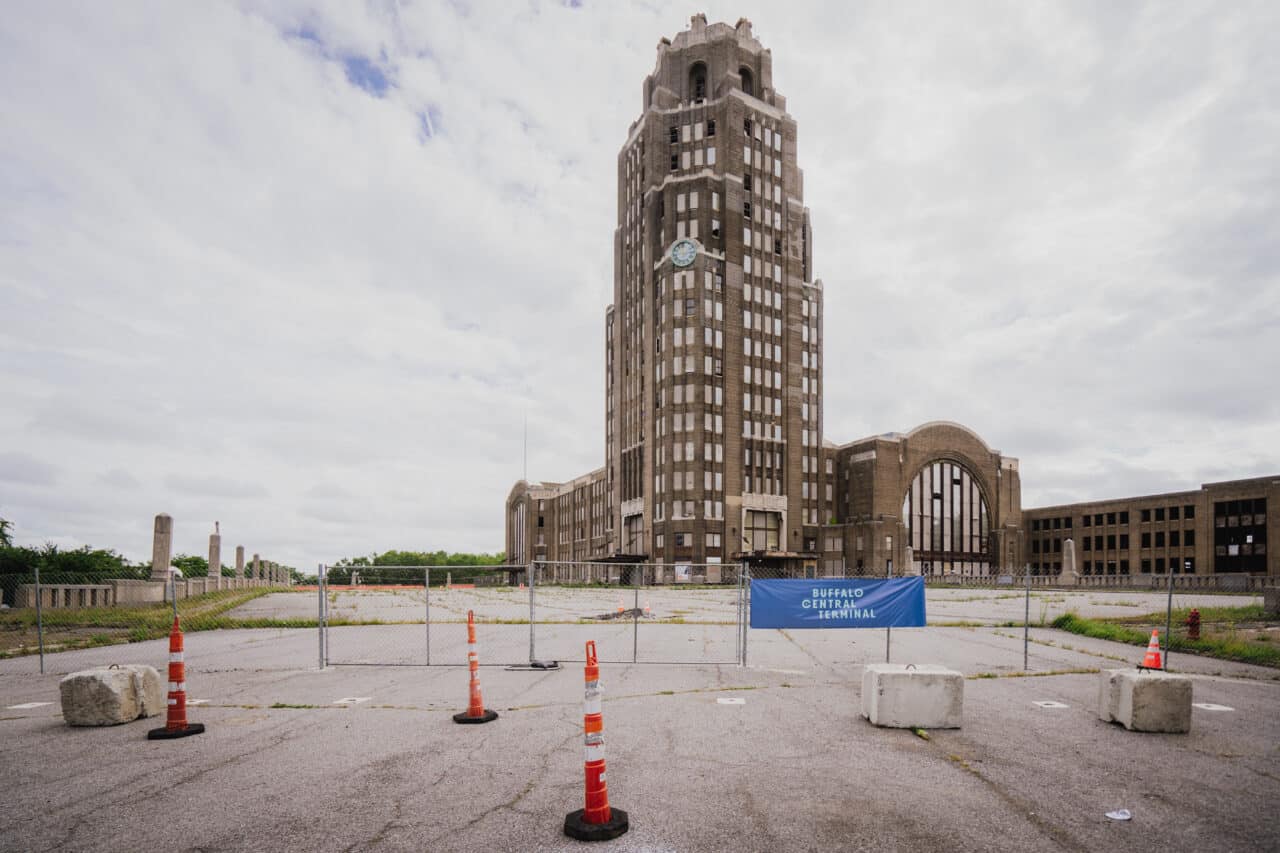
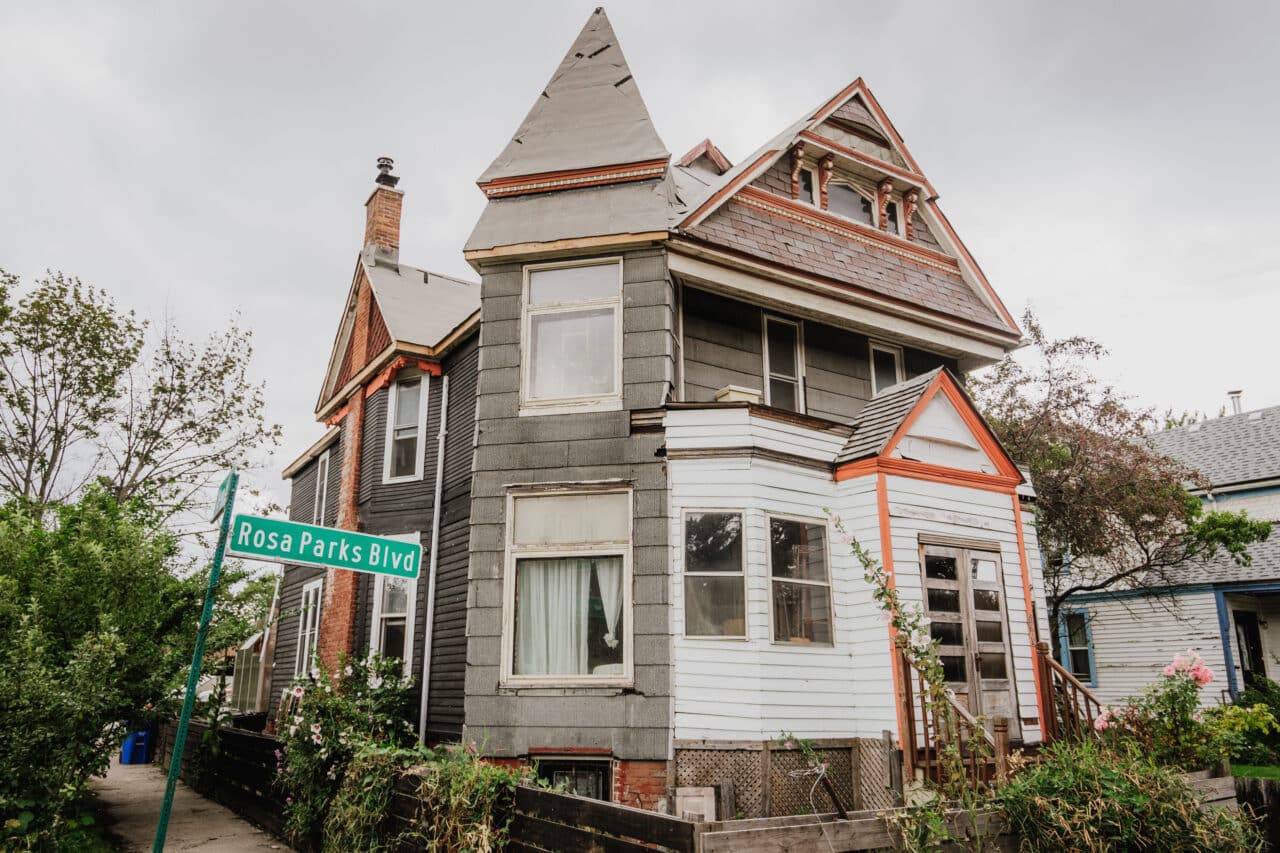
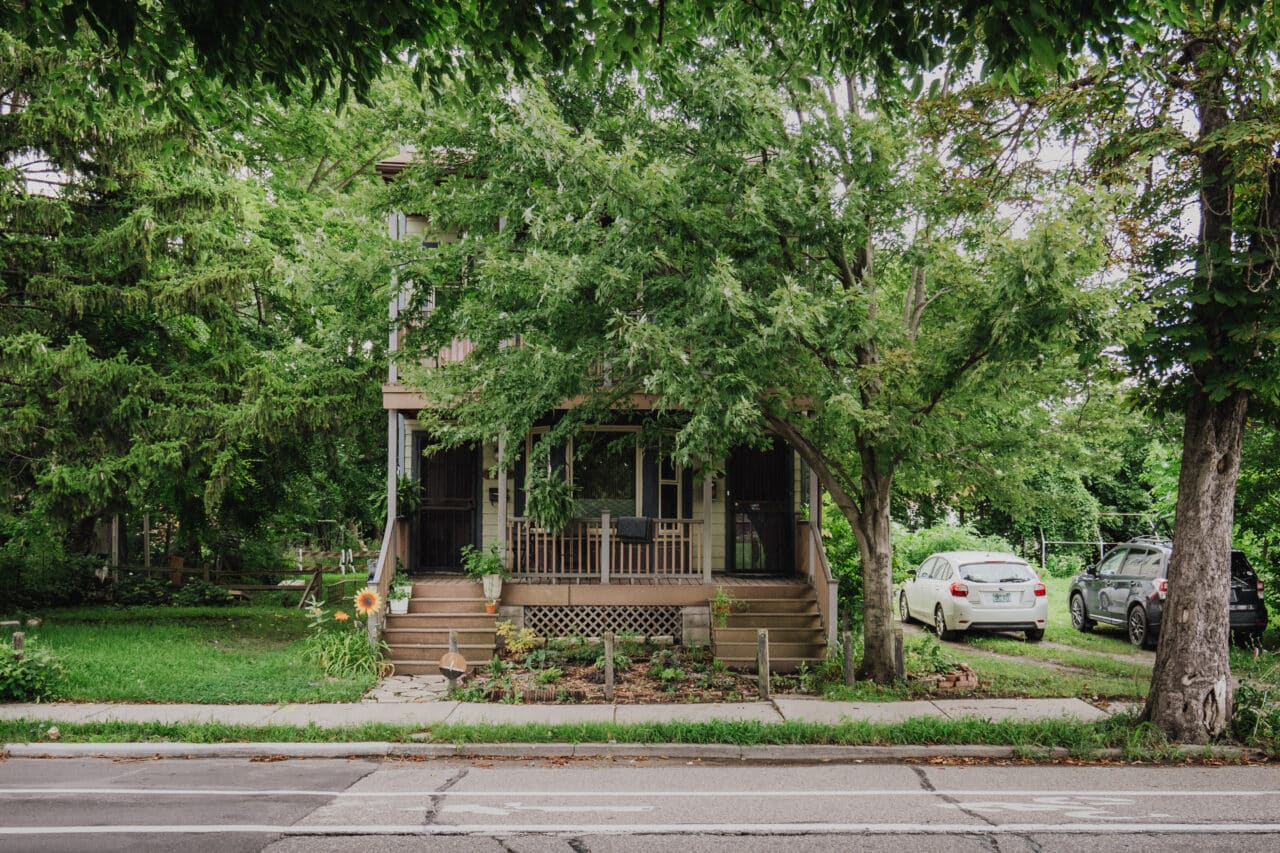
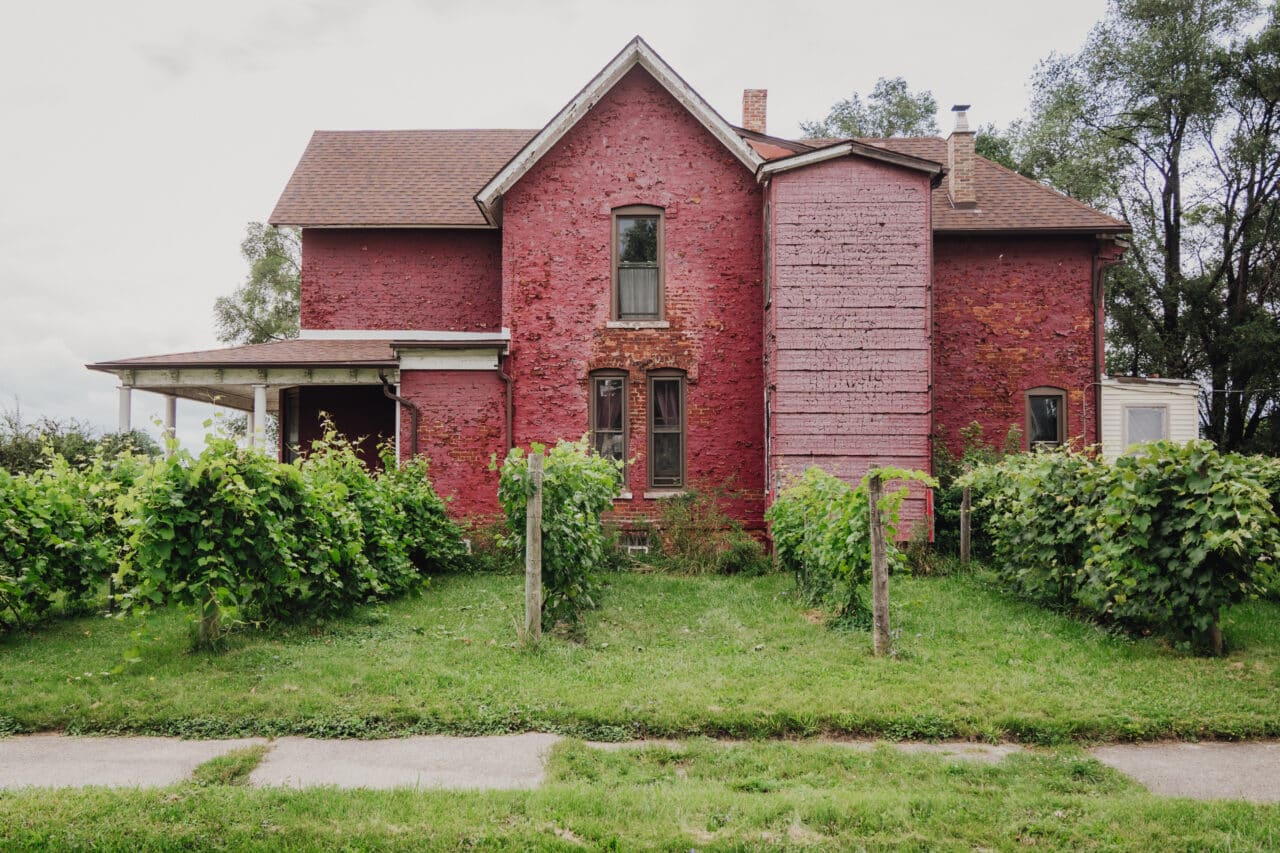
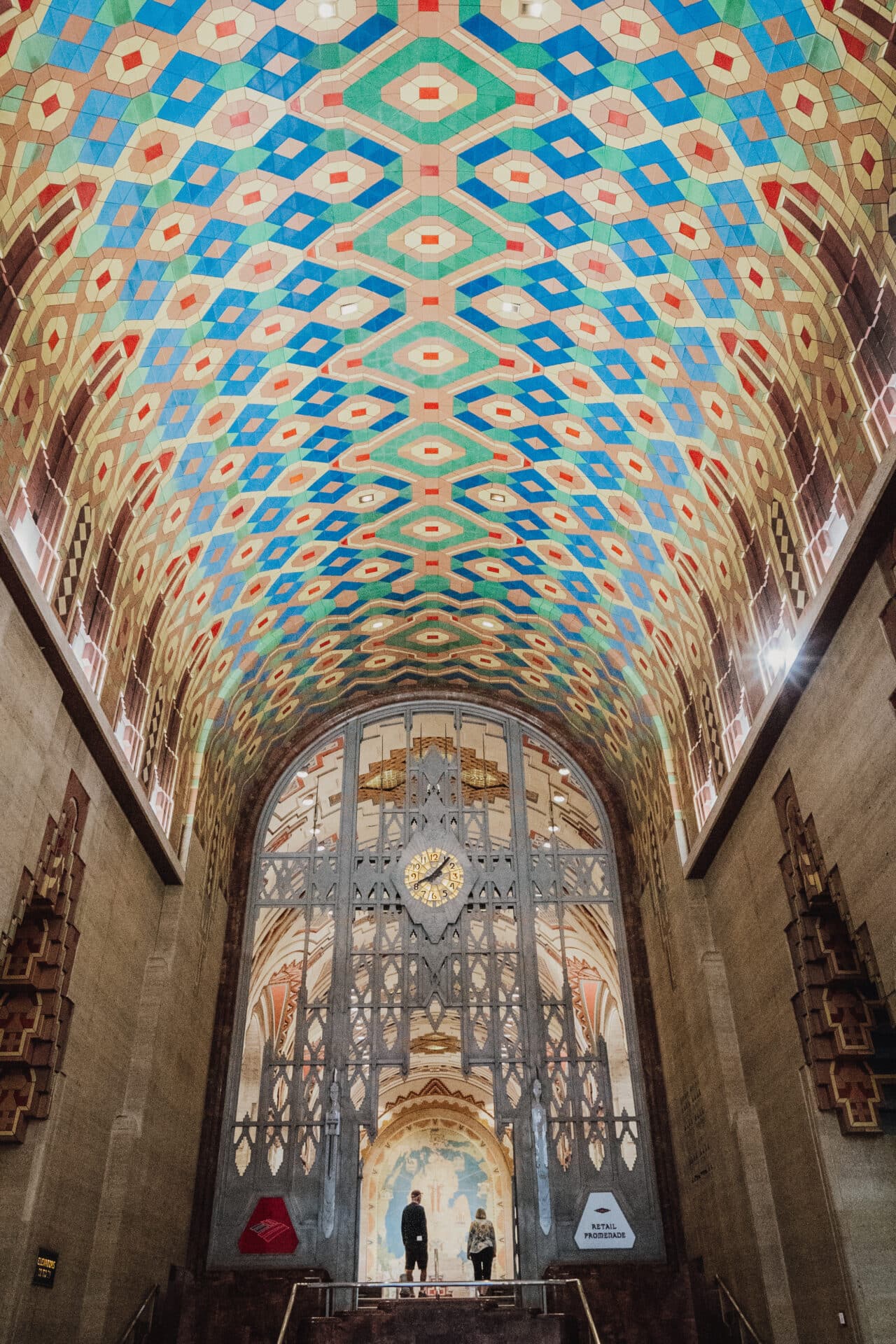
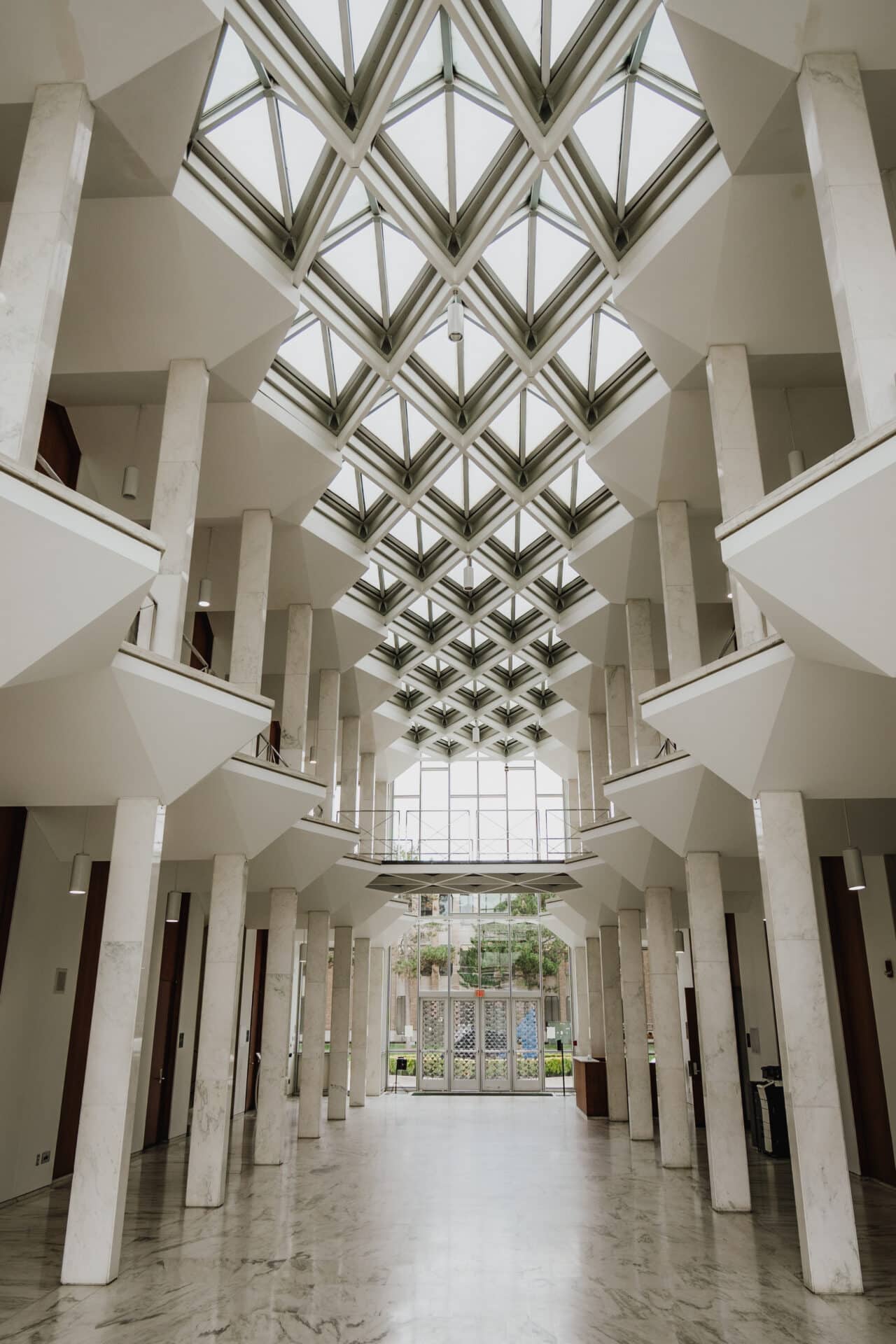
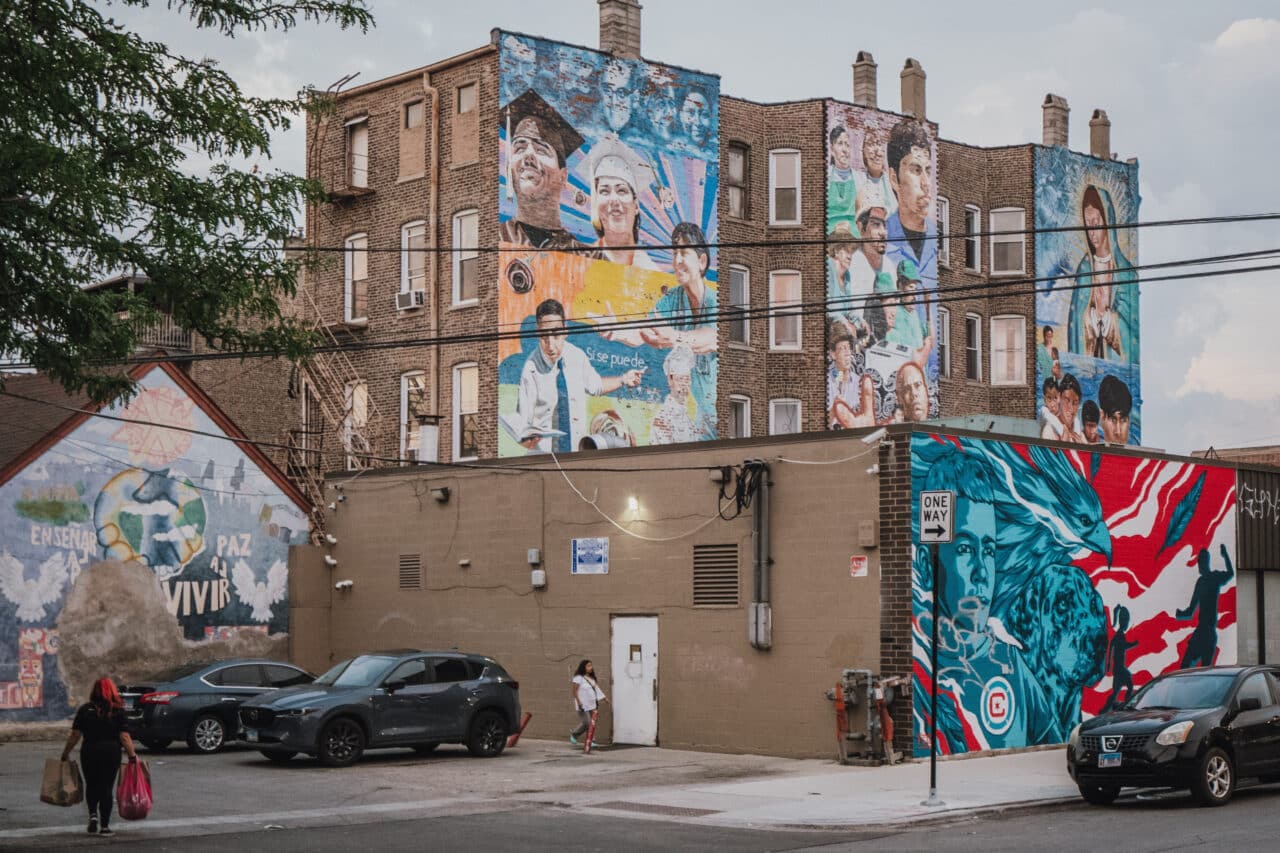
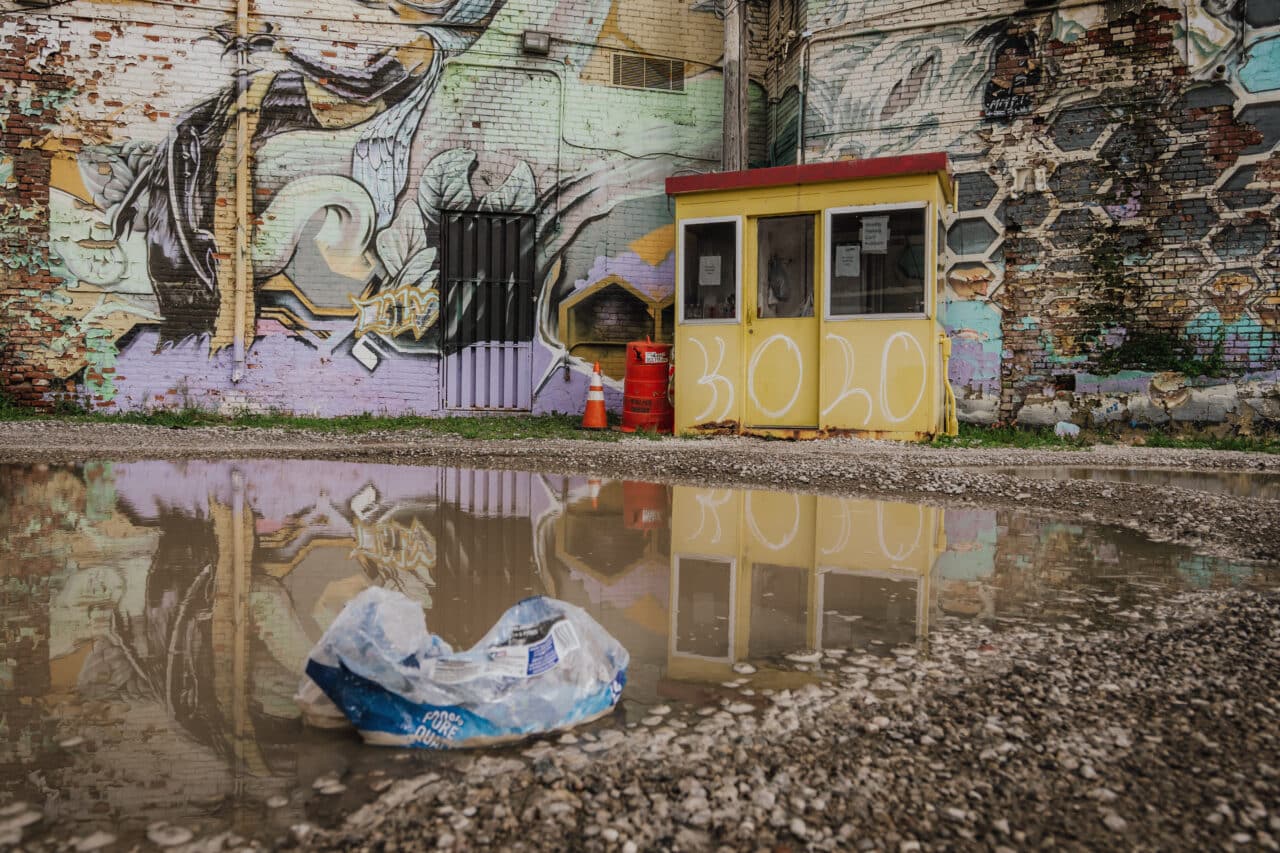
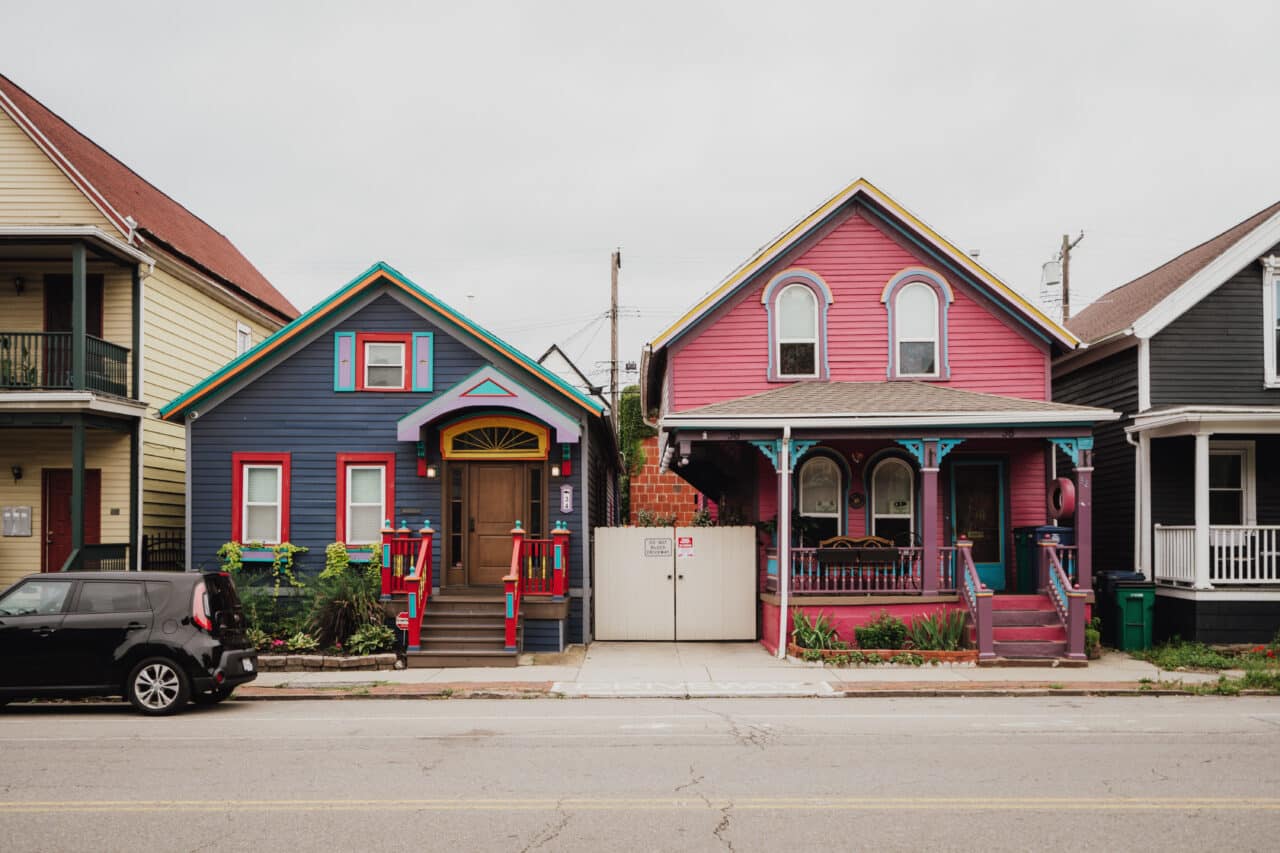

There are no comments yet.